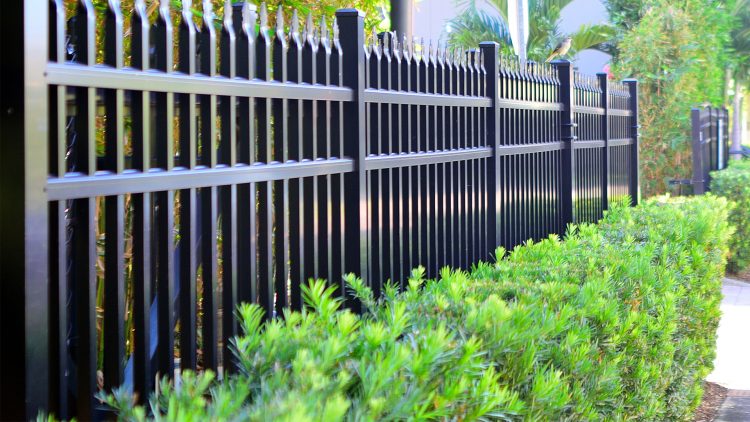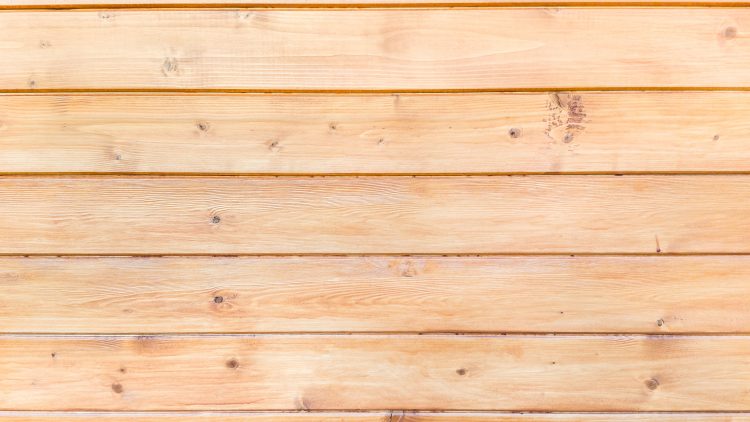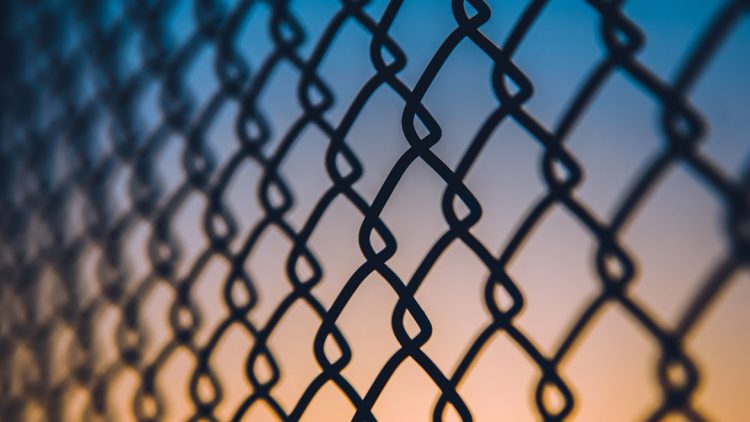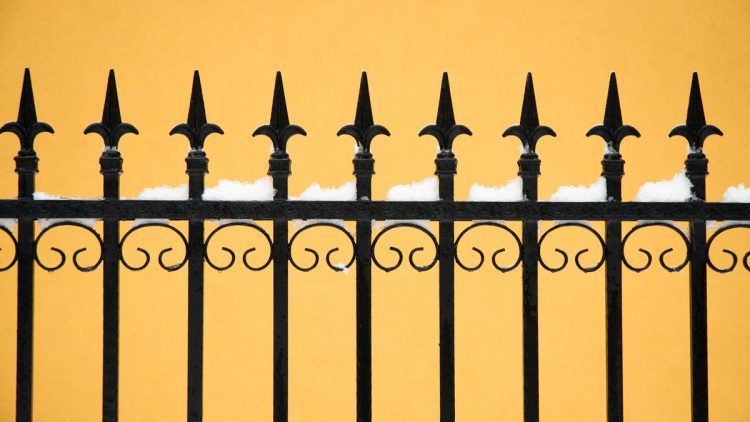Fence Repair Costs 2024
Cost of Fence Repair per Foot
The cost of fence repair per foot in Arizona can vary depending on several factors, but here’s a general range:
- $10 to $50 per linear foot is the typical range for basic repairs to common fence materials like wood or vinyl.
However, it’s important to remember that this is just an estimate, and the actual cost can be influenced by several factors:
- Type of fence: Different materials like metal, wrought iron, or block fences generally have higher repair costs per foot compared to wood or vinyl.
- Extent of damage: Minor repairs like replacing a single picket or board will be significantly cheaper than extensive repairs like fixing a large section of damaged fence or replacing a post.
- Labor costs: Labor rates can differ depending on the contractor, their experience, and the complexity of the repair.
- Material costs: The cost of materials needed for the repair will also affect the overall cost per foot.
Here are some additional points to consider:
- Minimum service call fees: Many fence repair companies have minimum service call fees, so even minor repairs might incur this fee regardless of the total linear footage being repaired.
- Specific repair types: Some repairs, like replacing a gate or fixing a leaning fence, might have different pricing structures and not be directly tied to a per-foot cost.
Therefore, while the $10 to $50 per linear foot range provides a starting point, it’s crucial to obtain quotes from qualified fence repair companies in Scottsdale for an accurate estimate based on your specific fence, the extent of the damage, and current local rates.
Cost of Vinyl Fence Repair
The cost of vinyl fence repair in Arizona generally falls within the range of $150 to $400 per panel, with an average cost of around $250 per panel. However, it’s important to remember that this is just an estimate, and the actual cost can vary depending on several factors:
- Extent of damage: Minor repairs like patching up a small crack or replacing a single board are less expensive than extensive repairs like fixing a large section of damaged fence or replacing a post.
- Size of the panel: Larger vinyl fence panels typically cost more to repair than smaller ones.
- Labor costs: Labor rates can differ depending on the contractor, their experience, and the complexity of the repair.
- Material costs: The cost of materials needed for the repair can also vary, depending on the specific type and quality of vinyl used.
Here’s a breakdown of some common vinyl fence repairs and their approximate costs:
- Patching a small crack: $25 to $50
- Replacing a single board: $75 to $150
- Repairing a section of fence: $100 to $300 per linear foot (panels typically range from 6 to 8 feet)
- Replacing a post: $150 to $300
Aluminum Fence Repair Cost
The cost of repairing an aluminum fence in Arizona, typically falls within the range of $250 to $800, with an average cost of around $450.
Here’s a breakdown of the factors influencing the cost:
Extent of Damage:
- Minor repairs: Fixing minor issues like dents, scratches, or loose panels typically cost $150 to $300. This might involve patching, tightening, or re-aligning components.
- Moderate repairs: Replacing a single panel, repairing a gate, or addressing minor structural issues can range from $300 to $500.
- Major repairs: Extensive damage like a large section of collapsed fence, broken posts, or complex structural issues can cost $500 to $800 or more. This might involve replacing multiple panels, reinforcing posts, or even sections of the fence line.
Additional Factors:
- Labor costs: Rates can vary depending on the contractor’s experience, company overhead, and the job’s complexity.
- Material costs: The specific type and quality of aluminum used can influence the cost, with higher-grade materials typically costing more.
- Minimum service call fees: Some companies have minimum fees, which might apply even for minor repairs.
Cost of Steel Fence Repair
The cost of repairing a steel fence in Arizona, generally falls within the range of $250 to $850, with an average cost of around $500. Here’s a breakdown of the factors influencing the cost:
Extent of Damage:
- Minor repairs: Fixing minor issues like dents, scratches, or loose panels typically cost $150 to $300. This might involve welding, patching, tightening, or re-aligning components.
- Moderate repairs: Replacing a single panel, repairing a gate, or addressing minor structural issues can range from $300 to $500.
- Major repairs: Extensive damage like a large section of collapsed fence, broken posts, or complex structural issues can cost $500 to $850 or more. This might involve replacing multiple panels, reinforcing posts, or even sections of the fence line.
Cost of Chain Link Fence Repair
The cost of repairing a chain link fence in Arizona typically falls within the range of $100 to $500, with an average cost of around $250. Here’s a breakdown of the factors influencing the cost:
Extent of Damage:
- Minor repairs: Fixing minor issues like replacing a few damaged links, tightening loose wires, or reattaching a gate latch typically cost $50 to $150.
- Moderate repairs: Replacing a larger section of damaged fence, repairing a post, or re-tensioning the entire fence line can range from $150 to $300.
- Major repairs: Extensive damage like a large section of collapsed fence, leaning posts, or broken welds can cost $300 to $500 or more. This might involve replacing multiple panels, reinforcing multiple posts, or even sections of the fence line.
Price of Iron Fence Repair
he cost of repairing an iron fence in Arizona, generally falls within the range of $300 to $1,000, with an average cost of around $550. Here’s a breakdown of the factors influencing the cost:
Extent of Damage:
- Minor repairs: Fixing minor issues like loose or bent pickets, small cracks, or reattaching decorative elements typically cost $150 to $300. This might involve tightening, straightening, welding, or reattaching components.
- Moderate repairs: Replacing a single panel, repairing a gate, or addressing minor structural issues can range from $300 to $500.
- Major repairs: Extensive damage like a large section of collapsed fence, broken posts, or complex structural issues can cost $1,000 or more. This might involve replacing multiple panels, reinforcing posts, or even sections of the fence line, often requiring significant welding expertise.




